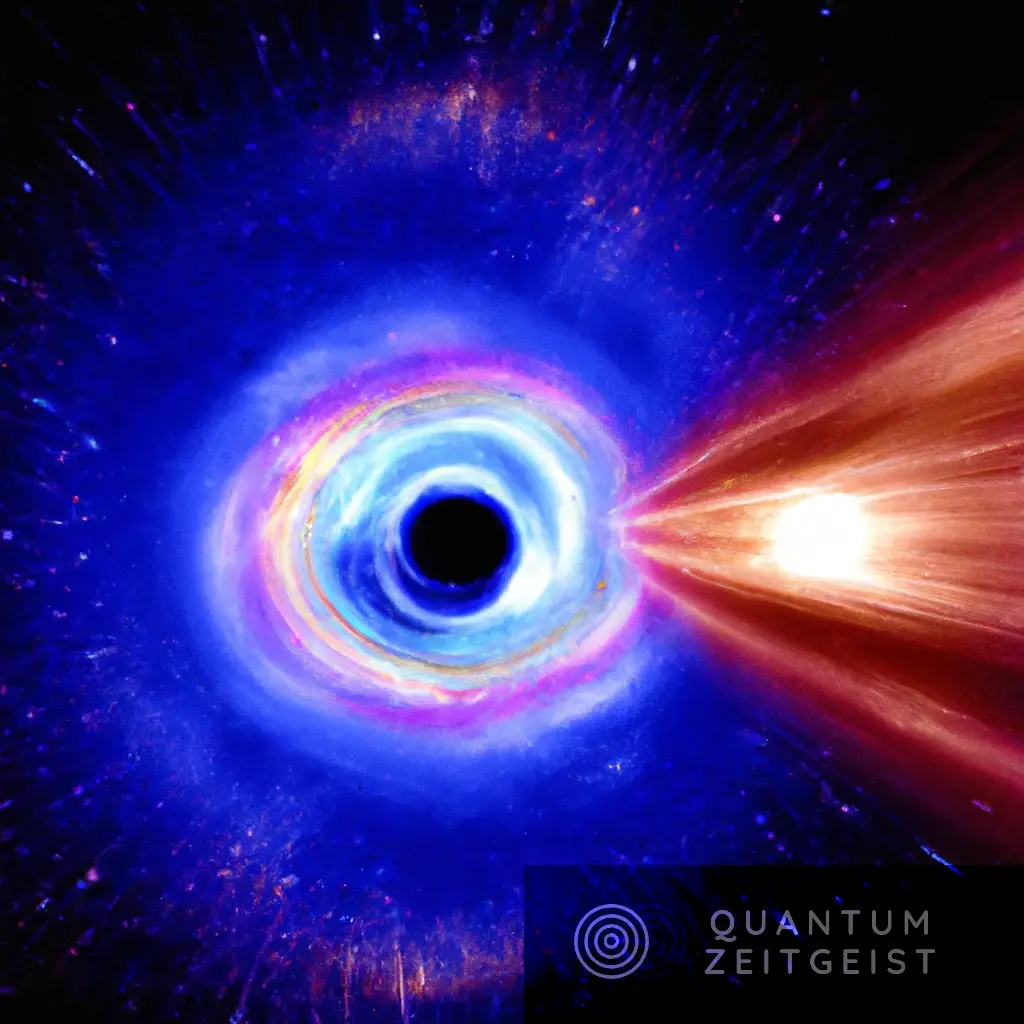Researchers have successfully transported quantum information across a quantum system in a way similar to traveling a wormhole. The experiment was carried out by researchers from MIT, Caltech, Harvard University, etc., using Google’s Sycamore quantum processor device.
Though this experiment did not cause a disturbance in physical space and time like a wormhole should, at least as science fiction suggests, calculations revealed that qubits went from one system of entangled particles to another in a gravity model. Their work paves the way for future research with quantum computers to investigate topics from string theory and gravitational physics.
A wormhole can be imagined as a tunnel having two ends at distinct places in spacetime, which, according to the general theory of relativity, nothing travels through it. Many scientists believe that wormholes are just projections of a fourth spatial dimension, similar to how a two-dimensional creature may only see a portion of a three-dimensional item.
In this experiment, researchers teleported a quantum state from one quantum system to another using the Sycamore 53-qubit quantum processor to send a signal “through the wormhole.” They had to find an entangled quantum system that behaved as predicted by quantum gravity while still being small enough to run on today’s quantum computers.
“Simulating strongly-interacting quantum systems, such as those that arise in quantum gravity, is one of the most exciting applications of quantum computers,” “This is a promising initial step.”
Daniel Harlow, the Jerrold R. Zacharias Career Development Associate Professor of Physics and a researcher at the MIT Laboratory for Nuclear Science (LNS) who works with David Kolchemeyer, one of the lead authors of the work.
Finding a simple many-body quantum system that retains gravitational features was one of the obstacles they faced. To solve this, the scientists applied machine learning methods, taking highly interacting quantum systems and gradually diminishing their connectedness.
This learning process produced numerous examples of systems with quantum gravity-like behavior, but each example only needed roughly ten qubits, which was great for the Sycamore processor.
After the researchers detected these 10-qubit systems, they placed a qubit into one, applied an energy shockwave across the processor, and saw the identical information on the other quantum system on the chip. Based on the type of shockwave produced, they could calculate how much quantum information was transferred from one quantum system to the other.
The work was published in Nature on the 30th of November, 2022

